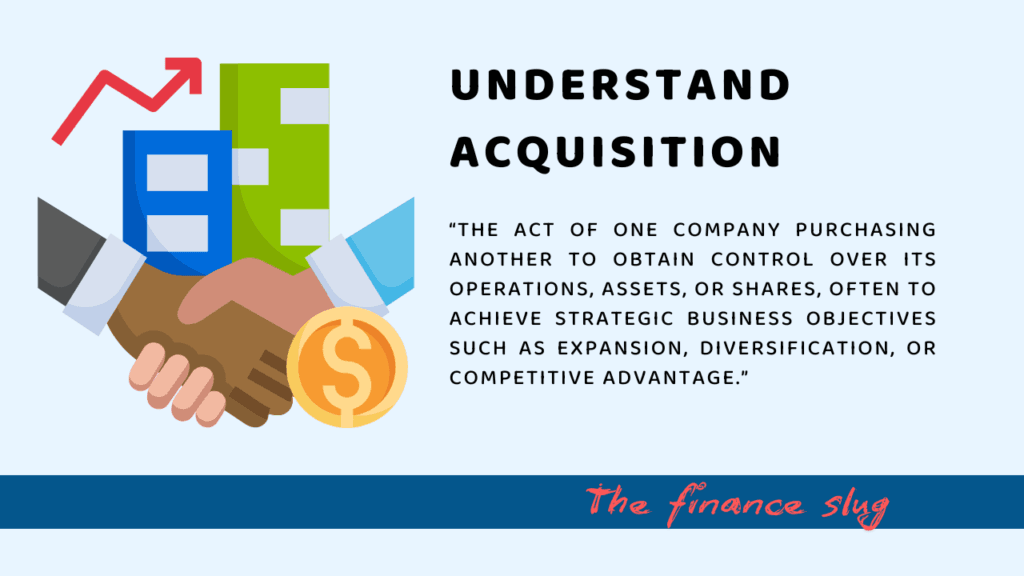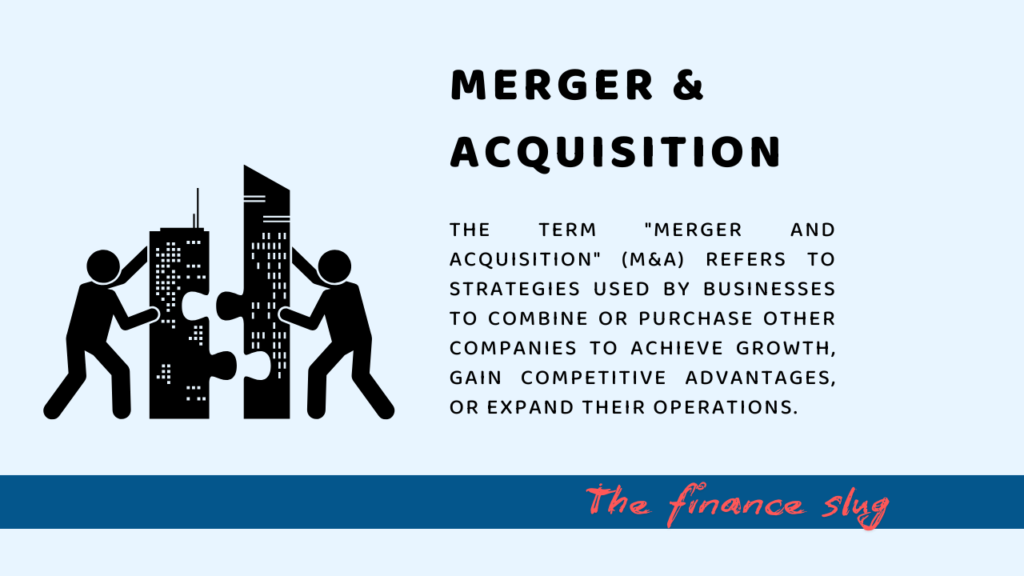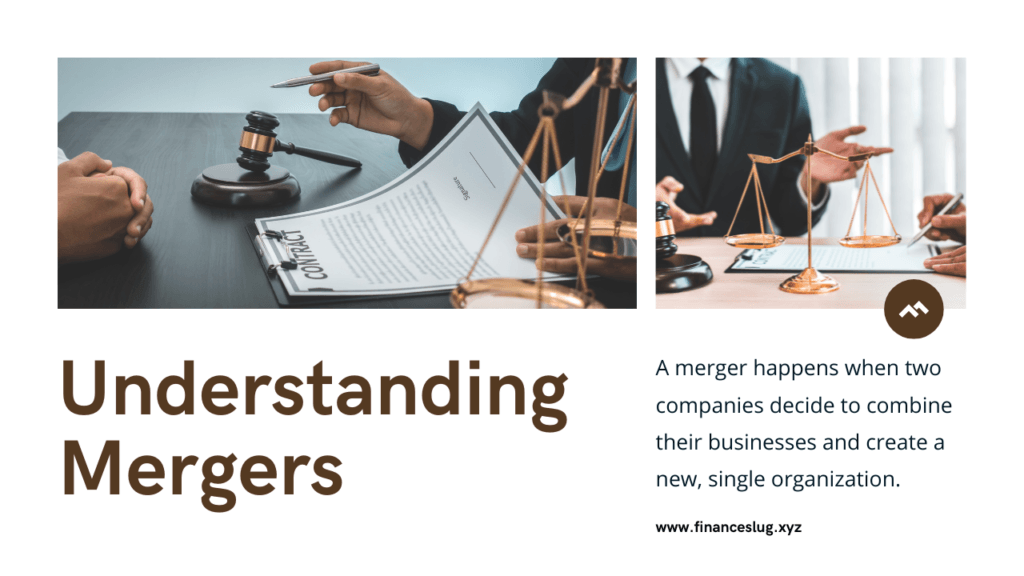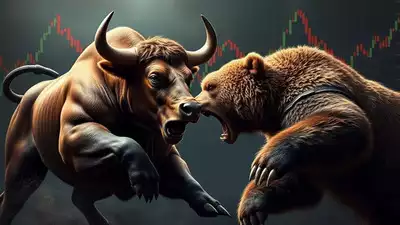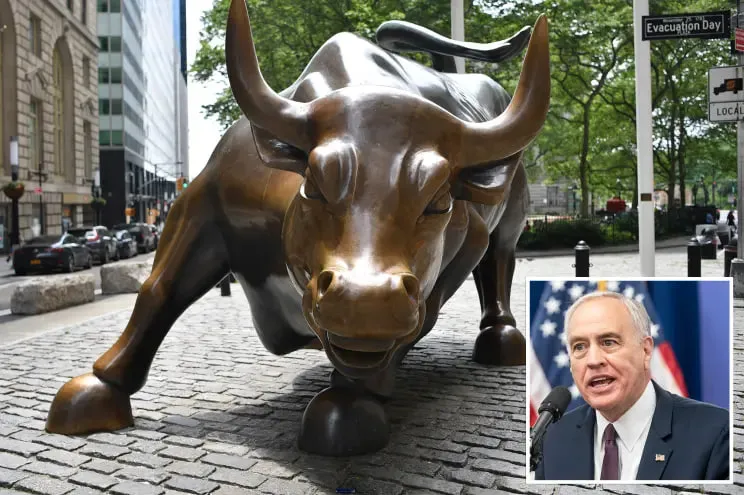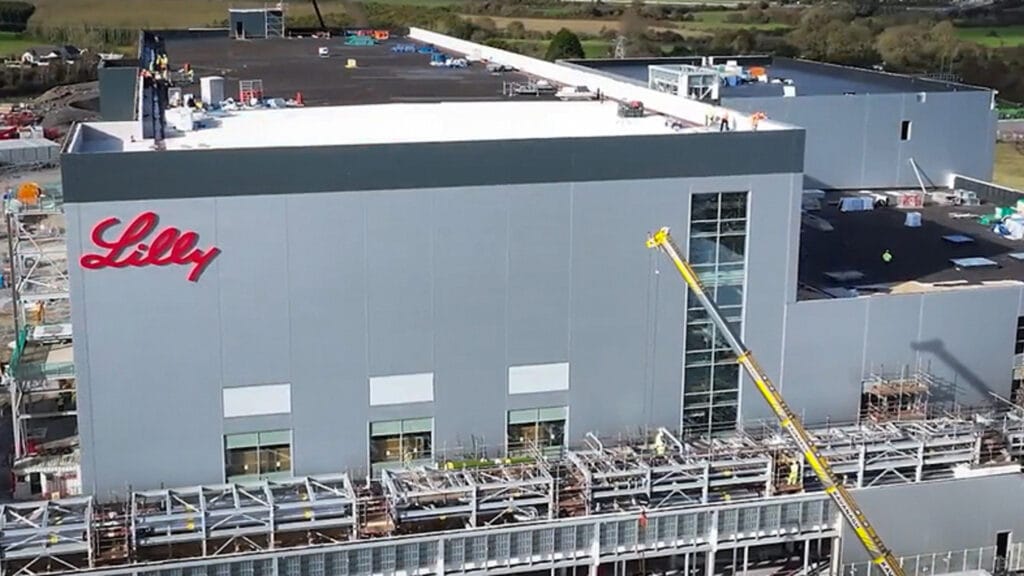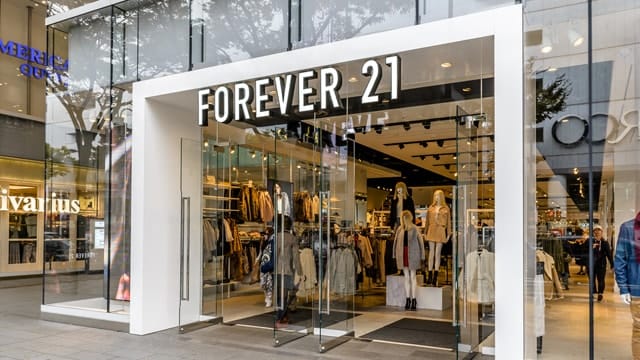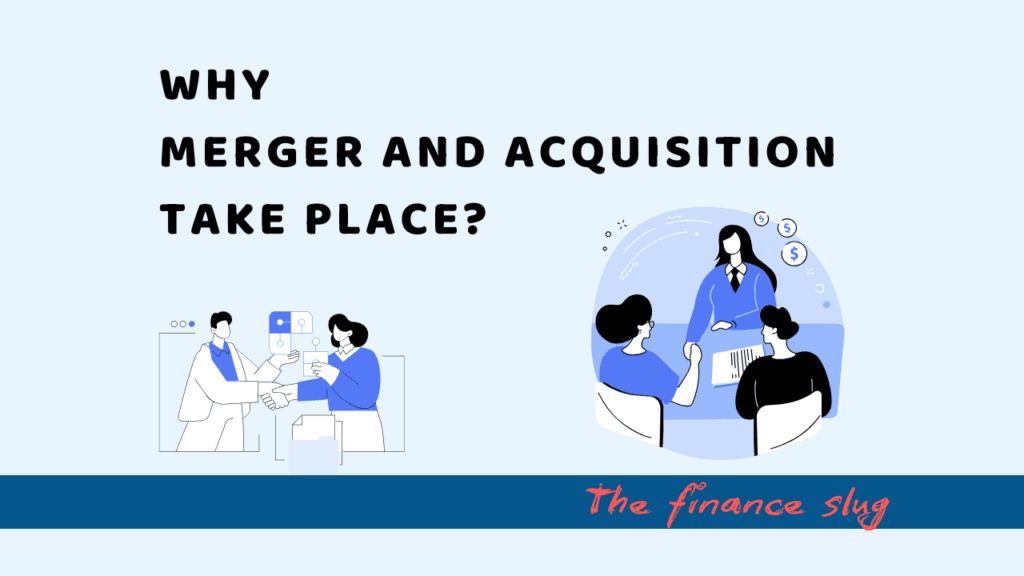
In business, merger and acquisition (M&A) are powerful tools companies use to strengthen their position in the market, expand their reach, and create new opportunities. While every deal has its unique motivations, they often boil down to strategic goals that aim to deliver growth, innovation, or survival.
Let’s explore the reasons behind M&A in detail, supported by real-world examples to illustrate how these deals reshape industries and businesses alike.
1. To Increase Market Power
Merging with or acquiring a competitor allows companies to dominate their industry, reduce competition, and gain a larger customer base. Increased market power often means more control over pricing, enhanced bargaining ability with suppliers, and greater brand influence. This is especially critical in competitive industries where market share is directly tied to profitability.
Example:
Exxon and Mobil (1999)
The $81 billion merger between Exxon and Mobil created ExxonMobil, one of the largest oil and gas companies in the world. This merger enabled them to pool resources, optimize oil production, and leverage economies of scale, ensuring they remained dominant in the global energy market amid fluctuating oil prices.
2. To Expand into New Markets
Entering new markets organically can be slow and resource-intensive. By acquiring a company already established in the desired market, businesses can bypass many of the hurdles, such as building infrastructure, navigating local regulations, or establishing a customer base. This is a particularly common strategy for companies looking to go global or enter niche sectors.
Example:
Tata Motors Acquires Jaguar Land Rover (2008)
Tata Motors, an Indian automobile company, acquired the British luxury car brands Jaguar and Land Rover for $2.3 billion. This deal gave Tata instant access to the premium automotive market, especially in Europe and North America. The acquisition not only expanded Tata’s global footprint but also transformed its image from a budget carmaker to a key player in the luxury segment.
3. To Diversify Products and Services
Companies often rely heavily on a single product or service, making them vulnerable to changes in consumer behavior or market conditions. Acquiring or merging with a company that offers complementary products or services allows diversification, helping businesses spread risk and explore new revenue streams.
Example:
Amazon Acquires Whole Foods (2017)
Amazon’s $13.7 billion acquisition of Whole Foods was a bold move to diversify its business. Traditionally focused on e-commerce and technology, Amazon leveraged Whole Foods to enter the grocery industry. The deal enabled Amazon to offer fresh food delivery, integrate physical stores with its digital ecosystem, and attract new customers through in-store discounts for Prime members.
4. To Gain New Technology or Expertise
In rapidly evolving industries, staying ahead often means having access to cutting-edge technology or niche expertise. Instead of developing these in-house, which can be time-consuming and costly, companies acquire firms that already excel in these areas. This strategy accelerates innovation and ensures competitiveness.
Example:
Google Acquires YouTube (2006)
Google’s $1.65 billion acquisition of YouTube was a forward-thinking move. At the time, YouTube was a fast-growing video-sharing platform, and Google recognized its potential in the digital video space. By acquiring YouTube, Google not only gained a foothold in the booming online video market but also bolstered its advertising revenue with video ads. Today, YouTube is a cornerstone of Google’s business, with billions of users globally.
5. To Achieve Cost Savings (Economies of Scale)
When two companies combine, they can eliminate duplicate functions, streamline operations, and share resources, resulting in lower overall costs. These cost savings—referred to as economies of scale—enhance profitability and improve efficiency, making the merged entity more competitive in the long term.
Example:
Exxon and Mobil (1999)
The ExxonMobil merger wasn’t just about market dominance—it also significantly reduced costs. By consolidating their production, refining, and distribution networks, the merged company eliminated inefficiencies, achieving billions in annual savings. This synergy allowed ExxonMobil to thrive in an industry where margins are often thin and cost control is critical.
6. To Eliminate Competition
Acquiring a competitor is a direct way to reduce rivalry in the market. This not only increases market share but also allows companies to set pricing standards and maintain profitability without the pressure of aggressive competitors undercutting them.
Example:
Facebook Acquires Instagram (2012)
Facebook acquired Instagram for $1 billion when the photo-sharing platform was just two years old. This move eliminated a growing competitor that was gaining traction among younger users. Facebook didn’t just remove the competition; it also integrated Instagram’s platform to attract a new demographic and enhance its mobile presence. Today, Instagram is one of Facebook’s most valuable assets.
7. To Survive Financial Challenges
Not all merger and acquisition are driven by ambition; some are about survival. Companies facing financial trouble may merge with or sell to stronger entities to avoid bankruptcy or liquidation.
Example:
Bank of America Acquires Merrill Lynch (2008)
During the 2008 financial crisis, Merrill Lynch faced collapse due to mounting losses. Bank of America stepped in with a $50 billion acquisition, rescuing Merrill Lynch from bankruptcy. The deal allowed Bank of America to expand its investment banking operations while ensuring stability for Merrill Lynch’s clients and employees.
Biggest Merger and Acquisition in History
Here’s a look at some of the largest and most influential M&A deals:
- Vodafone Acquires Mannesmann (1999): A $183 billion deal that gave Vodafone a dominant position in the European telecom market.
- AT&T Acquires Time Warner (2018): An $85 billion deal that helped AT&T enter the content industry, challenging streaming giants like Netflix.
- Dell Acquires EMC (2016): Dell’s $67 billion acquisition of EMC solidified its leadership in the data storage and enterprise IT markets.
Challenges of M&A
While M&A can deliver significant benefits, they’re not without risks:
- Cultural Clashes: Differences in work culture can hinder integration.
- Regulatory Barriers: Governments may block deals to prevent monopolies.
- Overvaluation: Paying too much for a company can burden the buyer with debt.
- Integration Issues: Merging systems, teams, and operations often proves complex.
Why Merger and Acquisition Fail
While M&A can drive growth, many deals fail due to poor planning, integration challenges, or unrealistic expectations. Here are key reasons for failure:
- Cultural Clashes: Different workplace cultures can lead to conflicts and inefficiencies, as seen in the Daimler-Chrysler merger.
- Poor Integration: Lack of coordination in operations and systems often undermines synergies, like in AOL-Time Warner.
- Overvaluation: Overpaying for acquisitions, such as Microsoft’s Nokia deal, leads to financial strain.
- Regulatory Issues: Deals like GE-Honeywell failed due to government intervention blocking monopolistic risks.
- Unrealistic Synergies: Overestimating benefits, as with Quaker Oats-Snapple, results in unmet expectations.
- Talent Loss: Key staff leaving during transitions weakens the combined company, seen in HP-Autonomy.
M&A success requires clear strategy, careful valuation, and effective post-deal integration.
Here are the list of Guidelines for Merger and Acquisition
Conclusion
Merger and acquisition are transformative strategies that reshape industries and create opportunities for growth, innovation, and survival. From market expansion to acquiring new technology, companies merge or acquire others to achieve goals that would otherwise take years to accomplish.
However, success in M&A requires careful planning, execution, and post-deal integration. Whether it’s ExxonMobil’s quest for market power, Amazon’s leap into groceries, or Google’s foresight with YouTube, each example showcases the potential of M&A to redefine the business landscape.
Keywords: merger and acquisition, why companies merge, benefits of M&A, biggest M&A deals, strategic acquisitions, business growth strategies.
